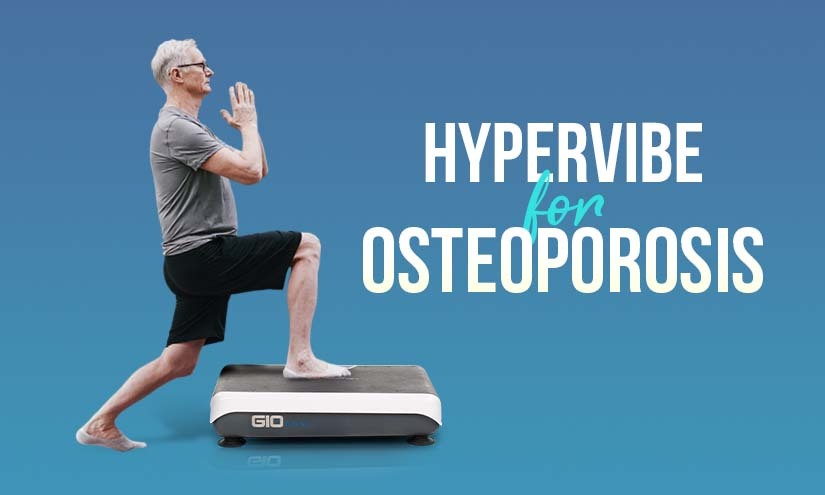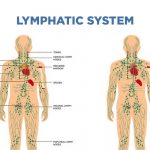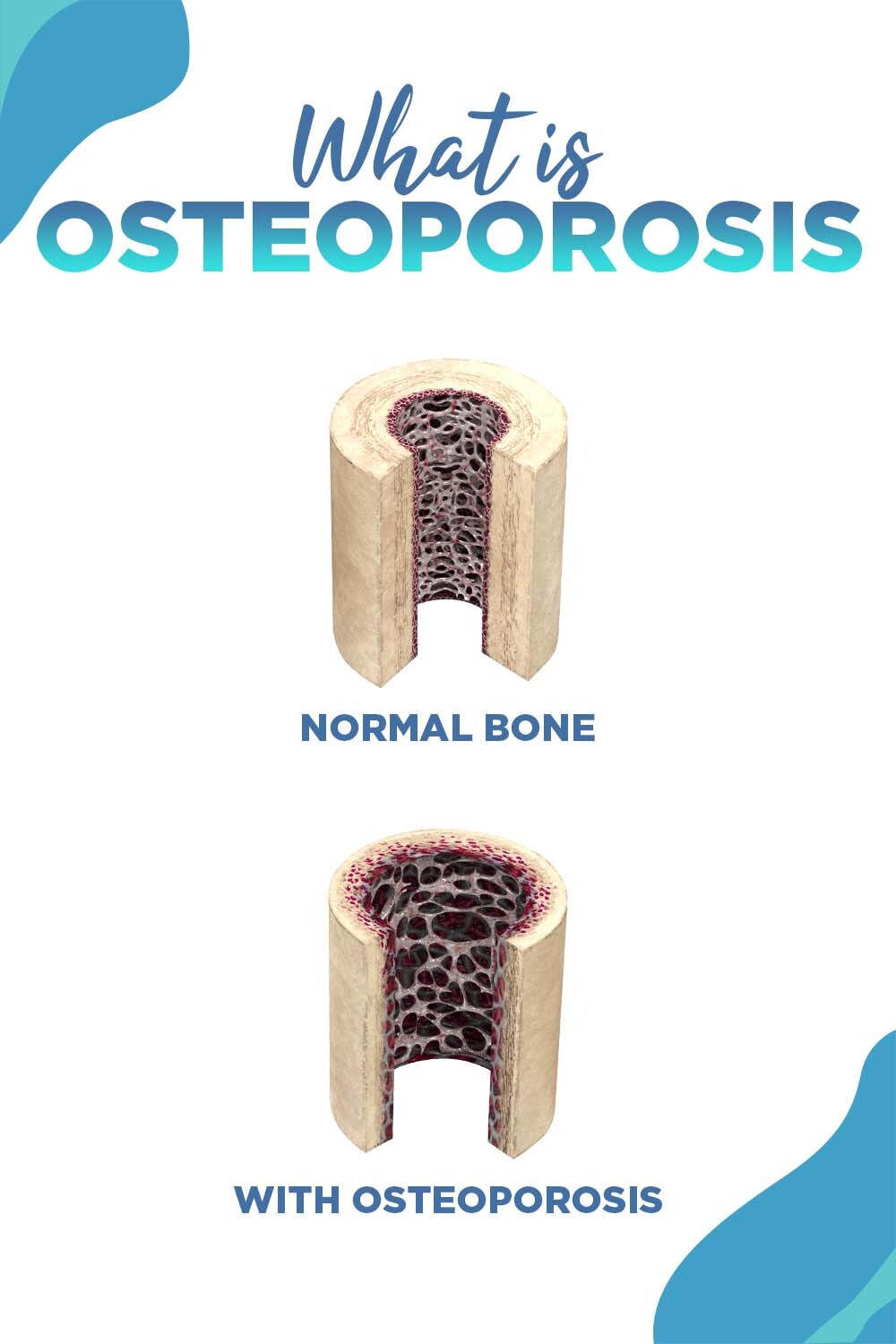How To Use Vibration Plate For Osteoporosis

For the past couple of decades, Whole-body vibration (WBV) has gained a significant amount of popularity. This type of activity is performed on a piece of specialized equipment known as the body vibrating machine or the vibrating plate. It is an innovative piece of fitness machinery that produces high-frequency vibrations, which benefit many parts of the human body.
The vibrating machine finds a vast spectrum of applications and is used by people from all sorts of backgrounds. For instance, some use the vibrating machine for osteoporosis, back pain relief, or lymphatic drainage, whereas others take advantage of the high-frequency oscillations for boosting muscle strength, improving circulation, and losing weight. In the following lines, we are going to explore in greater detail the use of the vibration plate for osteoporosis.
- 1 What is osteoporosis?
- 2 What is vibration therapy?
- 3 The history of WBV therapy and bone fracture vibration
- 4 What are the main types of vibration therapy (VT)?
- 5 Can whole-body vibration strengthen my bones if I don’t have osteoporosis?
- 6 Will whole-body vibration therapy help my bones if I suffer from osteoporosis?
What is osteoporosis?
Osteoporosis is a type of pathological condition of the skeletal system that is characterized by thin and fragile bones. The disease occurs predominantly among women, but men are not insured either. The higher fragility of the bones is a result of thinning of the mesh-like tissue of the skeletal system which makes it easier for people who suffer from osteoporosis to obtain a fracture upon tripping or falling. The broken bones as a result of this are known as “fragility fractures”.
Often in life, the terms “broken bones” and “fractures” are used in different contexts, even though they mean the same thing. The only difference is that fractures can happen in almost every part of the body, whereas broken bones are limited only to the bone tissue. In such circumstances, bone fracture vibration can be extremely useful. The activity has also been proven to relieve the pain that is associated with osteoporosis.
What is vibration therapy?
Vibration therapy (VT), commonly referred to as Whole-body vibration, is a type of physical activity that delivers high-frequency vibrations to the body. In order for that to happen, people need to stand or lay down on a vibrating platform, which is the core of the body vibrating machine. The mechanical oscillations that are produced by the machine stimulate the muscles to contract at a higher rate, which leads to increased muscle tone, improved circulation, and better flexibility.
Over the past decade or two, body vibrating machines have been subjects to numerous scientific studies and meta-analyses, including research that focuses on vibration therapy for broken bones. The majority of the results have been promising which has led to the increasing popularity of the WBV within the gym, rehabilitation, and home setting. Even though many people use the vibration plate for osteoporosis, the equipment is also used by athletes, fitness enthusiasts, physiotherapy patients, as well as by anybody else who is unable to engage with regular physical activity.
The history of WBV therapy and bone fracture vibration
VT was introduced for the first time in the late 19th century but started gaining popularity in the early 1960s. Back then, NASA started using the equipment for strengthening the bones of its astronauts. The scientific evidence suggests that space travelers lose up to 2% of their bone tissue per month spent outside the Earth’s orbit. For that reason, NASA scientists were looking for solutions to slow down bone loss in astronauts and they found it in the WBV machine.
NASA discovered that only 15 – 20 minutes a day on the vibrating plate were enough not only preventing bone thinning but also for regaining the bone tissue that has already been lost. Ever since that finding, people use the vibrating machine for osteoporosis prevention and taken full advantage of vibration therapy for broken bones and fractures. The main benefit of the equipment is achieved by the stimulation of the muscle tissue which, in turn, puts extra pressure on the skeleton, making it stronger.
What are the main types of vibration therapy (VT)?
VT can be divided into two main types, namely Low-intensity vibration (LIV), and Whole-body vibration (WBV). As implied by the name of the therapy, WBV machines produce bigger oscillations that affect the whole body, whereas LIV machines are smaller and deliver vibrations with a lower frequency. The latter usually affect the area that is in close proximity to the vibrating platform.
1. Whole-body vibration therapy (WBVT)
During whole-body VT, the mechanical oscillations are emitted by a larger vibrating platform that often comes with a handrail for extra safety. This type of equipment is commonly found in rehabilitation centers, gyms, and bigger offices. Some of the most popular WBV machine manufacturers include HyperVibe, Galileo, and PowerPlate, whose products offer bigger flexibility and a vast range of settings.
Just as with any other type of physical activity, vibrating platform users need to start slowly and increase the vibration intensity (the height of the amplitude) and speed (the frequency) gradually. Having said that, WBV is not for everyone. If you have one or more of the following conditions, you need to stay away:
- Acute thrombosis – the formation of blood clots
- A heart condition that requires the use of a pacemaker
- Other severe cardiovascular conditions, such as stroke or angina
- Inner ear problems, dizziness, or chronic fatigue
- Severe osteoporosis accompanied by spinal fractures
- Have recently had a hip or knee replacement
- Pregnancy
2. Low-intensity vibration therapy (LIVT)
Low-intensity vibration therapy machines are smaller than their WBV counterparts, resembling more of a bathroom scale. The frequencies produced by LIVT equipment are generally lower (30 times per second), which allows the oscillations to travel up to the middle of the body only when standing.
Low-intensity vibration devices have been specially designed in a way to ensure the safety of users and the lack of any contraindications or unpleasant side effects. Because of that, and the lower vibration frequency produced by LIVT machines, they can be used by anyone, regardless of age, life stage, or physical health.
Can whole-body vibration strengthen my bones if I don’t have osteoporosis?
So far, the scientific evidence, such as this PRISMA-compliant meta-analysis, suggests that WBV increases muscle strengths, speeds up metabolisms, improves blood circulation, aids lymphatic drainage, accelerates physical recovery, and helps weight loss. Recent studies that have been investigating the vibration plate osteoporosis applications reveal that the regular use of the machines tends to also strengthen bones in healthy individuals.
As to whether WBV is better in improving bone health than other types of therapies, it is still not fully clear, hence the need for further studies. Until then, the machines can still be used for overall health improvement, including that of muscles, joints, and bones.
Will whole-body vibration therapy help my bones if I suffer from osteoporosis?
To date, there is a large volume of studies showing promising results with regards to the vibration plate osteoporosis uses. At the same time, there are clinical trials that deny the benefits of the WBV related to bone mineral density and strength. This is why it is not yet fully clear whether the vibrating platforms help relieve the symptoms of osteoporosis. What is certain however is the fact that WBV helps reduce falls and the risk of bone fractures.
It is worth mentioning that any type of physical activity bears its benefits and risks, including a higher chance of broken bones. Furthermore, all sorts of mechanical oscillations can be harmful to the spinal bones, provided they are too fragile. Users should also take extra care when getting on and off the vibrating machine, as the risk of tripping and falling is higher. Finally, people who are not sure whether WBV platforms are for them should speak to their doctor or physiotherapist, prior to using the equipment.
Conclusion
Numerous factors aid bone health and reduce the risk of osteoporosis. Among the most beneficial ones are a healthy diet, adequate sun exposure, and sufficient intake of calcium, magnesium, and vitamin D. Regular weight-lifting exercises, ceasing smoking, and reducing the alcohol intake, can further help.
More recently, WBV has been gaining popularity as bone-strengthening therapy too, however additional studies are needed in that direction. In the meantime, people can still take full advantage of the equipment and improve their overall health in a time-efficient and pain-free manner.
References (in order of appearance)








